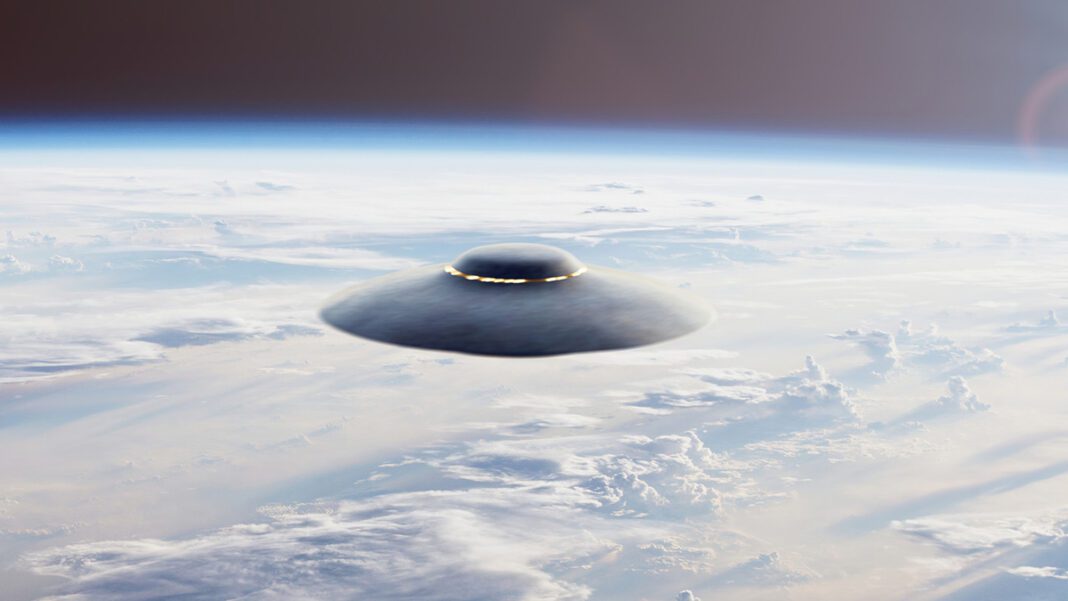Harvard University astrophysicist Avi Loeb, head of the Galileo Project, has put forward a controversial idea: that the interstellar object 3I/ATLAS, discovered on July 1, 2025, may not be a comet at all but rather an extraterrestrial spacecraft approaching our solar system
What Is 3I/ATLAS?
- Discovery & Origin: Detected by the ATLAS survey in Chile, 3I/ATLAS traveled at over 210,000 km/h on a hyperbolic path. It is the third known interstellar visitor, after ʻOumuamua (2017) and Borisov (2019)
- Physical Characteristics: It features a fuzzy coma roughly 24 km across and is estimated to be 3–8 billion years old, potentially from the Milky Way’s thick disk
- Orbit Details: 3I/ATLAS follows a nearly retrograde orbit and will reach perihelion around October 29, 2025, coming as close as 1.35 AU from the Sun. At that point, Earth will be on the opposite side of the Sun
Loeb’s Hypothesis: Alien Probe?
Avi Loeb and colleagues released a speculative paper titled “Is the Interstellar Object 3I/ATLAS Alien Technology?”, noting several unusual characteristics:
- Unusual trajectory: The object passes near Venus, Mars, and Jupiter—alignments that have a mere 0.005% chance of occurring randomly
- Solar alignment during perihelion: Scheduled on the opposite side of the Sun from Earth, potentially allowing covert maneuvers
- Non-gravitational acceleration: Similar to the anomalies Loeb noted for
Oumuamua, some unexplained forces may be at work
Loeb emphasizes that this hypothesis serves more as an intellectual experiment than a definitive claim: “the most likely outcome is that 3I/ATLAS is a completely natural interstellar object”, he states
Scientific Community Pushback
The majority of astronomers view Loeb’s theory with skepticism:
- Experts call his claims “nonsense” or even “insulting”, arguing that all observable traits—coma, modest outgassing, and trajectory—are consistent with a natural comet
- NASA confirms 3I/ATLAS poses no threat to Earth, and no signs of propulsion or radio emissions have been detected
What’s at Stake & What’s Next?
- Scientific inquiry vs. sensationalism: The debate highlights the tension between open-minded speculation and strict adherence to conventional astrophysical models.
- Future observations: Continuous monitoring—especially near perihelion—may reveal subtle signals (e.g., unusual motion or chemical composition) that could clarify the nature of 3I/ATLAS.
- Potential intercept mission: A proposed plan using Juno spacecraft could attempt a Jupiter Oberth maneuver to meet the object in March 2026, offering more detailed data arXiv.
Conclusion
While Harvard’s Avi Loeb invites us to entertain the possibility that 3I/ATLAS might be alien-made, most scientists remain unconvinced. Until more data emerges—perhaps from advanced observations or spacecraft intercept—3I/ATLAS remains in the realm of cosmic mystery. Whether natural or artificial, this object underscores the importance of keeping scientific curiosity alive.



